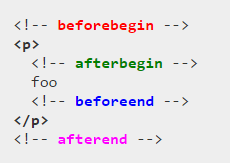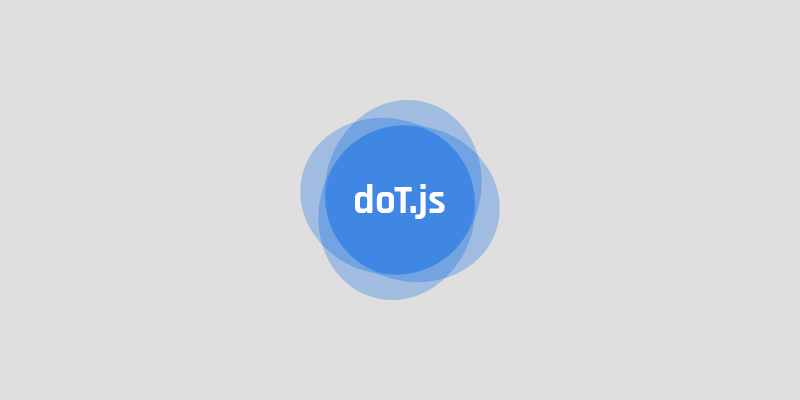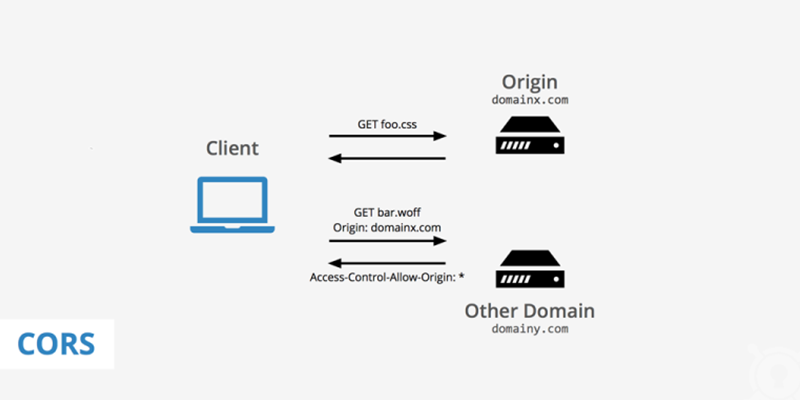doT作为一个模板渲染引擎来说,无论是在nodejs还是在浏览器,性能都相当优越,不同于vue,react的mv*框架,它的功能很简单,输入模板字符串,输出渲染后的html
在apicloud开发时,由于不是单纯的spa应用,每个window相当于一个html,所以尽量不采用vue,react等来渲染页面,再说双向绑定,dom操作比较少,所以使用doT来渲染速度会略胜一筹
遍历对象
<!-- 设备列表 -->
<ul id="list"></ul>
<!-- 设备item模板 -->
<script id="listTpl" type="text/x-dot-template"></script>
<script>
var units = { 1: { name: "unit1"}, 2: { name: "unit2" }, 3: { name: "unit3" } };
var compile = doT.template(document.getElementById("listTpl").innerHTML);
var unitList = document.getElementById("list");
unitList.innerHTML = compile(units);
</script>遍历数组
<!-- 设备列表 -->
<ul id="list"></ul>
<!-- 设备item模板 -->
<script id="listTpl" type="text/x-dot-template"></script>
<script>
var units = [{name: "unit1"}, {name: "unit2"}, {name: "unit3"}];
var compile = doT.template(document.getElementById("listTpl").innerHTML);
var unitList = document.getElementById("list");
unitList.innerHTML = compile(units);
</script>嵌套模板
<ul id="list"></ul>
<script id="listTpl" type="text/x-dot-template"></script>
<script id="headerTpl" type="text/x-dot-template"></script>
<script>
var def = {
header: document.getElementById("headerTpl").innerText
}
var data = {
header: "header",
content: "content"
}
var compile = doT.template(document.getElementById("listTpl").innerHTML, undefined, def);
document.getElementById("list").innerHTML = compile(data);
</script>html字符串转义
<div id="content"></div>
<script id="uriTpl" type="text/x-dot-template">
{{! "<h1>2</h1>" }}
</script>
<script src="./doT.min.js"></script>
<script>
var data = {
uri: "http://www.baidu.com"
}
var compile = doT.template(document.getElementById("uriTpl").innerHTML);
document.getElementById("content").innerHTML = compile(data);
</script>条件表达式
<div id="content"></div>
<script id="condTpl" type="text/x-dot-template"></script>
<script src="./doT.min.js"></script>
<script>
var data = {
name: "kobe",
age: 24
}
var compile = doT.template(document.getElementById("condTpl").innerHTML);
document.getElementById("content").innerHTML = compile(data);
</script>上面代码转为js语法是
if (data['name']) {
// i love you kobe
} else if (data['age'] == 24) {
// number is 24
} else {
// you got nothing
}insertAdjacentHTML
element.insertAdjacentHTML(position, text);position有4个选项 beforebegin、afterbegin、beforeend、afterend
对应的位置

在使用过程中,比如列表追加,可以使用insertAdjaceHTML往列表后面拼接html,避免每次都重新覆盖整个html,例如上面的for循环例子
错误的写法
var newUnits = [{ name: "unit4" }, { name: "unit5" }, { name: "unit6" }]
unitList.innerHTML += compile(newUnits);正确的写法
var newUnits = [{ name: "unit4" }, { name: "unit5" }, { name: "unit6" }]
unitList.insertAdjacentHTML("beforeend", compile(newUnits));
本文为原创,未经授权,禁止任何媒体或个人自媒体转载
商业侵权必究,如需授权请联系[email protected]



